This post contains affiliate links, which means I may earn a commission if you purchase through those links (at no extra cost to you).
I grew up making Orange Marmalade the old-fashioned way: soaking citrus overnight and boiling it rigorously to extract the natural pectin in the rind. When you follow my technique, you don’t need to add any store-bought pectin, and you get the best, cleanest-tasting marmalade.

Nearly 1,000 5-star reviews prove this unfussy technique is simple and easy to follow. I also include my handy “cold plate test” so you can know for sure whether your marmalade is done or needs a little bit more time on the stove.
Home cooks everywhere are putting their abundant citrus to use to make their own homemade marmalade, and now you can, too. This recipe makes about 3 quarts total, or 12 (8 ounce jars). It freezes beautifully or you can process it in a water bath for canning.
Table of Contents
Marmalade Ingredients
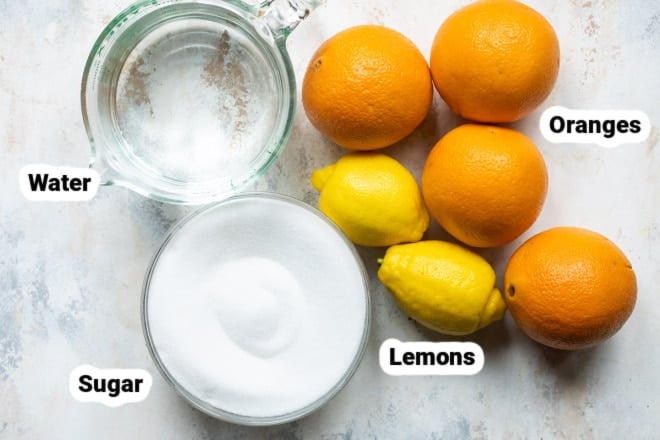
At a Glance: Here is a quick snapshot of what ingredients are in this recipe.
Please see the recipe card below for specific quantities.
- Oranges: This recipe is made with regular seedless oranges. You can definitely substitute Seville oranges if you can find them. They are only in season from the end of January to mid-February, but they have an intense flavor that is ideal for marmalade.
How to make Orange Marmalade
- Using a sharp knife, cut oranges and lemons in half crosswise, then into very thin half-moon slices. Discard any seeds. In a large pot (stainless steel), add the sliced oranges, lemons, and any fruit juice.
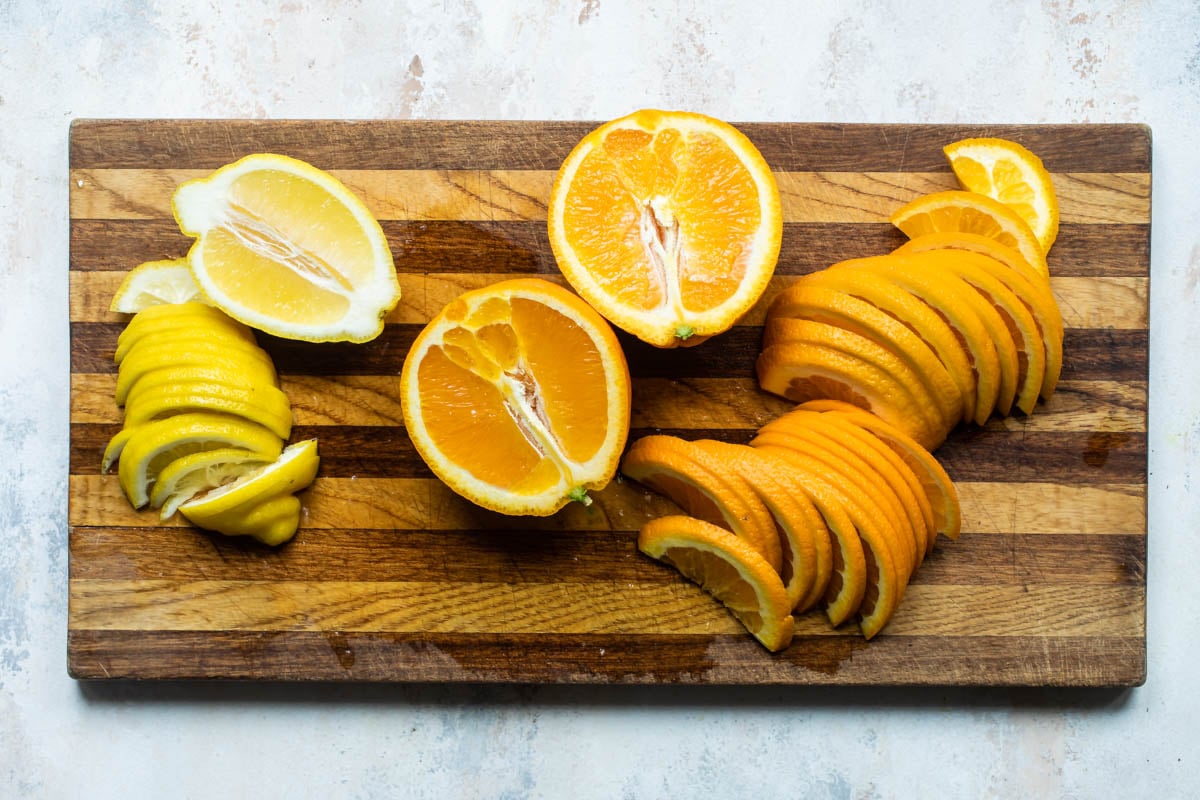
- Add water and bring the mixture to a boil over medium heat, stirring often. Remove from the heat and stir in the sugar until it dissolves. Cover and let stand overnight at room temperature.
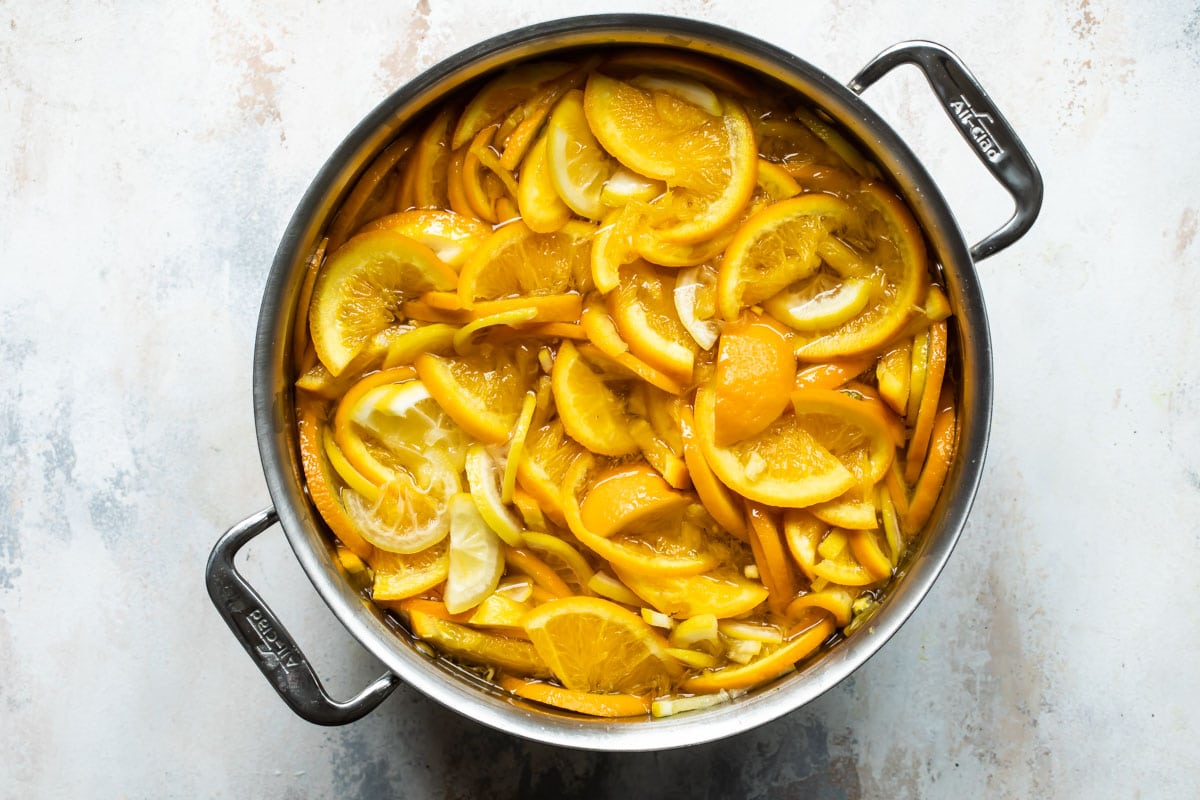
- The next day, bring the mixture back to a boil in the pot or saucepan. Reduce heat to low and simmer uncovered for 2 hours. Turn heat up to medium and boil gently, stirring often, for another 30 minutes. Skim off any foam that forms on the top. Cook until it reaches 220 degrees on a candy thermometer (you must hit this temperature for the natural pectin to gel with the sugar).
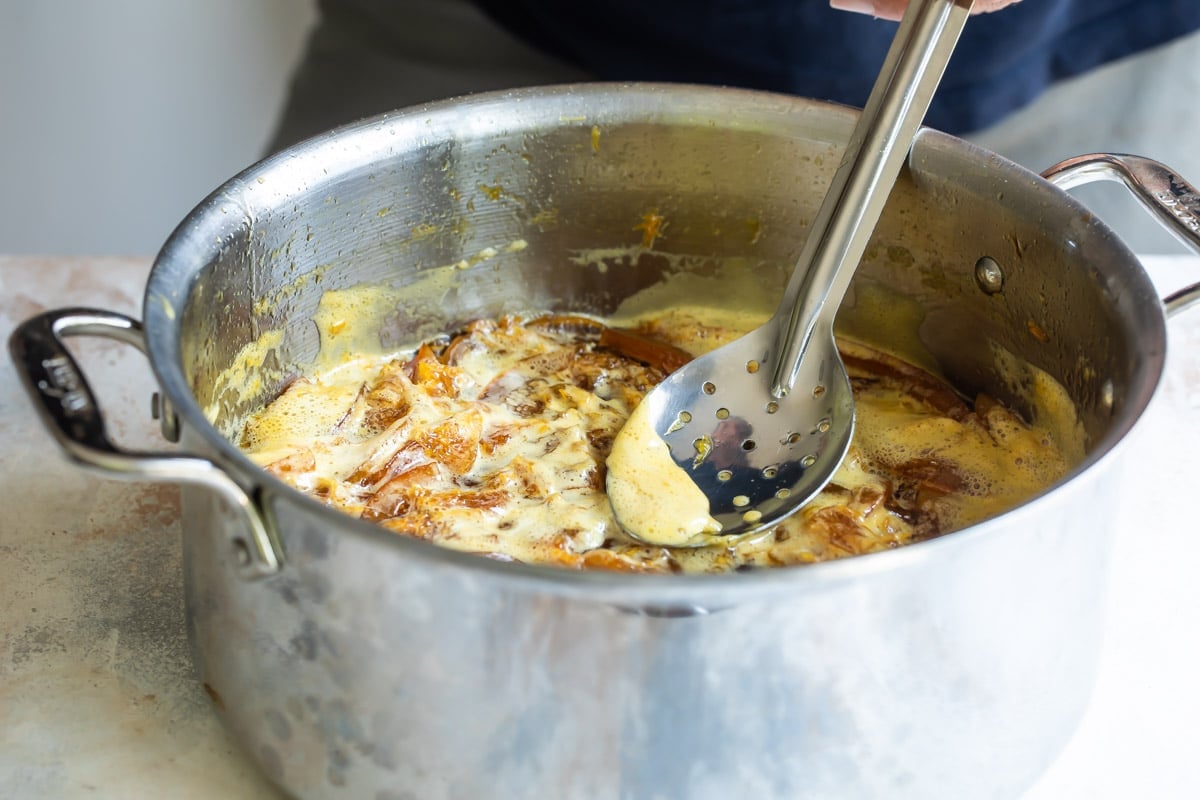
- To test if the marmalade is ready, place a small amount on a plate and refrigerate it until it’s cool but not cold. If it’s firm (neither runny nor hard), it’s ready. It will be a golden orange color. If it’s still runny, continue cooking it; if it’s hard, add a bit more water.

- Pour or ladle the marmalade into clean hot mason jars (I use this wide-mouth jar funnel for this recipe and so many others). Wipe the rims thoroughly with a clean damp paper towel, and seal with the lids. Chill in the refrigerator. It may take 24-48 hours for the natural pectin to set up properly.
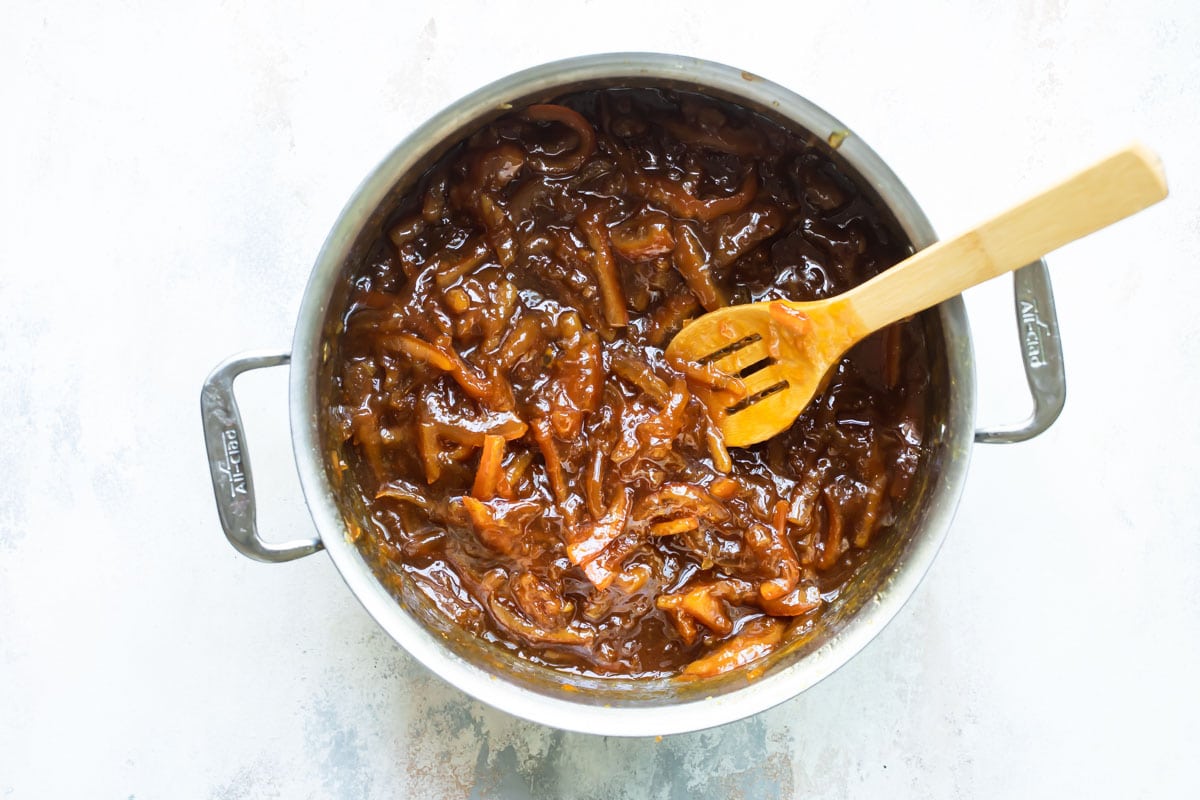
Orange Marmalade Recipe Variations
- Pectin: While many jam and jelly recipes require added pectin, you don’t need to add any here. Pectin is naturally concentrated in the pith of the orange (the bitter white part under the peel). This recipe coaxes out that natural pectin by letting the citrus soak overnight and then boiling it rapidly until enough water has evaporated that the mixture can reach 220 degrees.
- Agave nectar: Agave cannot penetrate and sweeten the peel as well as sugar can. When I tested it, the consistency was fine, but the rind tasted like raw rind. I don’t recommend this substitution.
- Low sugar: I haven’t tested low-sugar/alternative sweeteners in this recipe other than agave as listed above nor have I tweaked the amount of sugar in the recipe. I recommend seeking out recipes from experts in that area.
- Slow cooker: While it is technically possible to make marmalade in your slow cooker, it really depends on the power of your appliance. I no longer recommend that method because it isn’t reliable enough.
- Instant pot: Even with an overnight soak, the IP doesn’t break down the rind sufficiently. I don’t recommend this method.
Marmalade Recipe Tips
- Yield: This recipe makes about 3 quarts (96 ounces) of marmalade.
- If using 1/2-pint (8 ounce) jars, you’ll need 12.
- If using 1 pint (16 ounce) jars, you’ll need 6.
- If using the tiny jelly jars (4 ounce), you’ll need 24.
- Cold-plate test: To test if your marmalade is ready, spoon some hot marmalade on to a small plate and put it in the freezer to chill, or spoon some over an icy cold plate fresh from the freezer. If the mixture wrinkles slightly when you draw a spoon or finger across it, it has reached the setting point and is ready to go! If not, keep boiling and make sure the temperature reaches 220 degrees.
- Set-up time: Orange marmalade takes 24-48 hours for the natural pectin to set up completely. If it’s is still a little runny looking when it cools, check again in a day or two.
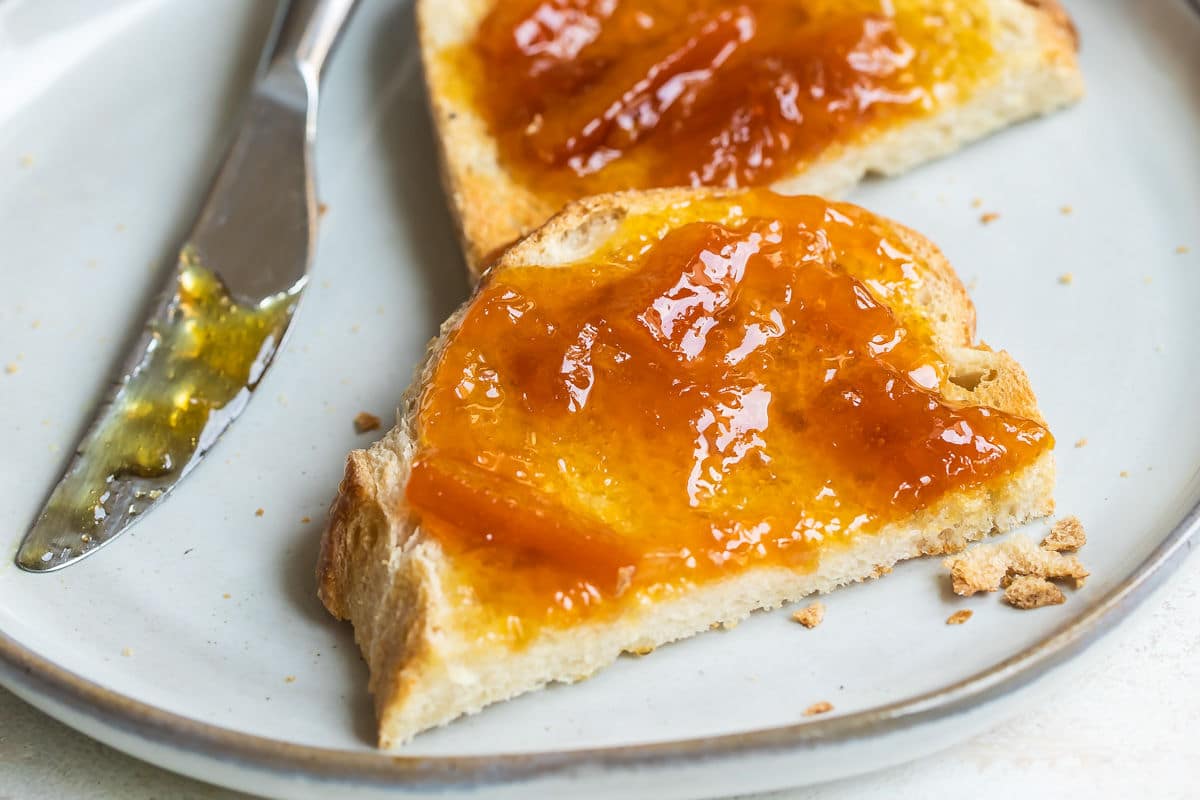
Storing and Canning Orange Marmalade
Storage: Store covered in the refrigerator for up to 1 month.
Freezer: Pack in freezer-safe containers or jars leaving 1/2-inch of headspace for expansion. Label, date, and freeze for up to 3 months. Thaw overnight in the refrigerator.
Canning: If putting up for storage, use a hot water or steam canner with a rack to properly seal lids on canning jars according to canning instructions. Otherwise, refrigerate and use within the month. Or, freeze for up to 3 months.
Frequently Asked Questions
Pectin is naturally concentrated in the pith of the orange (the bitter white part under the peel), so you don’t need to add any here. This recipe coaxes out that natural pectin by letting the citrus soak overnight and then boiling it rapidly until enough water has evaporated that the mixture can reach 220 degrees.
While it is technically possible to make marmalade in your slow cooker, it really depends on the power of your appliance. I no longer recommend that method because it isn’t reliable enough.
Even with an overnight soak, the IP doesn’t break down the rind sufficiently. I don’t recommend this method.
Agave cannot penetrate and sweeten the peel as well as sugar can. When I tested it, the consistency was fine, but the rind tasted like raw rind. I don’t recommend this substitution.
I don’t recommend making this recipe in a regular cast iron pan. It should be made in a non-reactive pan. Enameled cast iron, stainless steel, and non-stick are best and will not affect the color or taste of the marmalade
More fruit recipes
Pie and Tart Recipes
Fresh Fruit Tart
Fruit Dessert Recipes
Apple Crisp with Oatmeal
Cake Recipes
Lemon Bundt Cake Recipe
Muffins and Quick Breads
Banana Muffins
Join Us

Orange Marmalade
Equipment
- Jar funnel (for wide mouth jars)
Ingredients
- 4 large seedless oranges scrubbed clean (about 3 pounds or 8 cups slices, see note 1)
- 2 lemons (about ½ pound or 1 cup slices)
- 8 cups water
- 8 cups granulated sugar
Instructions
- Cut oranges and lemons in half crosswise, then into very thin half-moon slices. Discard any seeds. In a large stainless steel pot, add the sliced oranges, lemons, and any accumulated juices.
- Add water and bring the mixture to a boil, stirring often. Remove from the heat and stir in the sugar until it dissolves. Cover and let stand overnight at room temperature.
- The next day, bring the mixture back to a boil. Reduce heat to low and simmer uncovered for 2 hours. Turn heat up to medium and boil gently, stirring often, for another 30 minutes.
- Skim off any foam that forms on the top. Cook the marmalade until it reaches 220 degrees (you must hit this temperature for the natural pectin to gel with the sugar).
- To test if the marmalade is ready, place a small amount on a plate and refrigerate it until it's cool but not cold (see note 4). If it's firm (neither runny nor hard), it's ready. It will be a golden orange color. If the marmalade is runny, continue cooking it; if it's hard, add a bit more water.
- Pour the marmalade into clean hot mason jars; wipe the rims thoroughly with a clean damp paper towel, and seal with the lids. Chill in the refrigerator. It may take 24-48 hours for the natural pectin to set up properly.
Recipe Video
Notes
- Oranges: This recipe is made with regular seedless oranges. You can definitely substitute Seville oranges if you can find them. They are only in season from the end of January to mid-February, but they have an intense flavor that is ideal for marmalade.
- Yield: This recipe makes about 3 quarts (96 ounces) of marmalade.
- If using 1/2-pint (8 ounce) jars, you’ll need 12.
- If using 1 pint (16 ounce) jars, you’ll need 6.
- If using the tiny jelly jars (4 ounce), you’ll need 24.
- Storage: Store covered in the refrigerator for up to 1 month.
- Cold-plate test: To test if your marmalade is ready, spoon some hot marmalade on to a plate and put it in the freezer to chill, or spoon some over an icy cold plate fresh from the freezer. If the mixture wrinkles slightly when you draw a spoon or finger across it, it has reached the setting point and is ready to go! If not, keep boiling and make sure the temperature reaches 220 degrees.
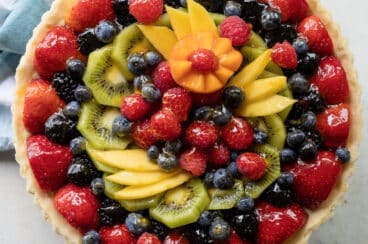

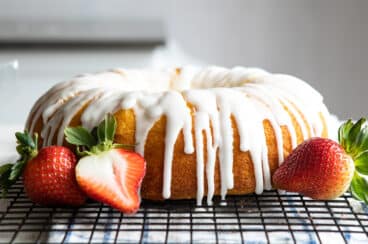
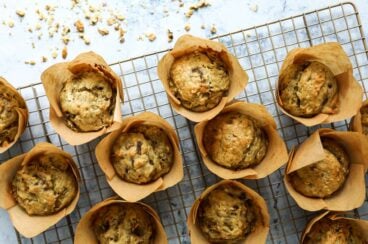
I madr Orange Mamalade for the first time. I followed this recipe. My suggestion is only 1 lemon! I am getting more lemon flavor than orange. It is still flaovorful.
Hello,
How long do you think the marmalade will last for?
Thanks
Hi Lewis, the marmalade will last in the fridge for a month, or three months if you freeze it. Thanks! – Meggan
Also, is it safe to say that the water should more than cover the oranges? Like make the pan twice as full? I’m trying a bigger batch and just wondering…thanks!
~misty
Hi Misty! You should go by the weight of all your fruit and use that as your guide to follow the recipe. Otherwise, it will be really hard to keep track. You don’t need to break it down in to smaller batches unless the recipe (scaled per the weight of your fruit) doesn’t all fit in one pot. And, the water is not double the fruit, it covers it but not by much. You just cook off the extra water anyway, the marmalade won’t get to 220 degrees until the water has cooked off. So, it just takes longer if you add more water. It’s not wrong, it doesn’t really matter, the recipe is very forgiving! I hope this helps, sorry I didn’t get back to you sooner. Thanks. -Meggan
I have just prepared A LOT of oranges for marmalade…different varieties and sizes…I would say maybe 20 oranges, at least. In the mix was also a few lemons, limes and one grapefruit. I have it all in a large pot. I would love to just get it all going at once, but should I break it out into smaller batches? Thanks!
Hi there,
Would it be at all possible to add extra flavours, such as ginger or whisky? and if so when, and how much would you suggest. Thank you very much.
P.S. I’ve not made it yet but I’m excitingly waiting for my jam thermometer to arrive
Hi Kat! I don’t see why you wouldn’t be able to add extras. I haven’t personally tested it, so I cannot say exactly for sure how much to put in. Sorry about that! I would recommend adding them in small amounts, and tasting as you go. The addition of whiskey sounds great with the oranges. – Meggan
I find the pieces of rind remaining in the final product too large for me. Can I maybe run the whole mixture through a blender before I put it in jars?
Hi Alex, I haven’t tried doing that to break up the large pieces. Sorry about that. – Meggan
How come after nearly 3/1/2 hrs. Simmering my marmalade still isn’t setting .?any suggestions?
Hi Tessy, it takes a few hours but 3 1/2 “should” be enough. Basically what you have to do is cook off the water so you can get the marmalade to 220 degrees. Water boils at 212 degrees right? So until the water is gone, the marmalade won’t go above 212. You can’t get it to 220. So all I can think is, you still have a lot of water in there. When the water is gone and the temperature can get to 220, the pectin will activate and the marmalade will set. I’m sorry for the trouble. I hope it finishes up for you soon! I do know that it’s not a sign of you doing anything “wrong” or that the batch is bad. It’s just taking it’s sweet time, and I’m sorry about that. Hopefully you can hang in there! Thanks. -Meggan
Slightly failed but gave it a 5 star rating because it tasted really good! I got caught up in my son’s class that I went over the 30 minute cooking time and and it turned a bit darker than the golden orange. This is my first time making marmalade and I thought I did good, my wife and kids think so too, lol.
Thanks for sharing, next time I’ll follow the directions to a T!
I have not tried it yet, but I will soon. I am busy moving house, but I will come back to you once I have made this and report.
Hi Anthony, please do! Good luck with your move. 😀 – Meggan
should i still use lemons with seville oranges?
Hi Lora! Yes, the lemons provide flavor and also have a higher pectin content, which helps the marmalade set. Thanks! – Meggan
I used half the amount of sugar and half the water and it was fantastic. I’ll definitely be making it again.